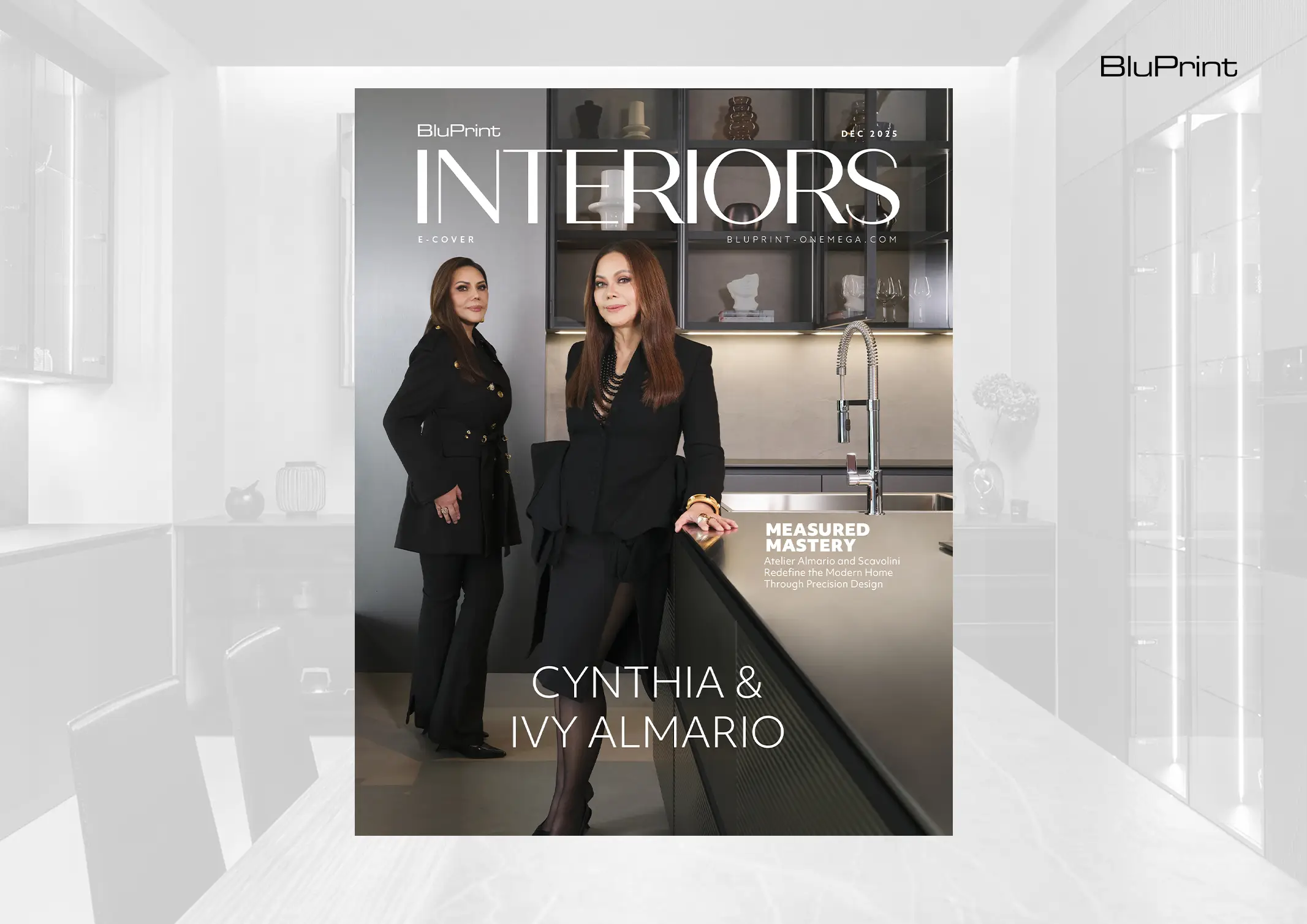Opening on December 12, 2025, the World Bazaar Festival (WBF) concluded on December 21. For 25 years, the WBF has been the metro’s most anticipated one-stop shop and holiday marketplace. The event showcased booths, products, and great finds—creating moments for everyone to bond. As a joyful platform, it embraced the spirit of the season: sharing, […]

Abraham Reyes: The Gem Collector and Artist Crafts Authenticity in Beauty
As an artist, Abraham Reyes stands out from a crowded local art scene with his choice of medium: gems and pearls recontextualized in imaginative ways. While these work as finery for most people, Reyes sees them as a means for storytelling for our world today. An atypical method, but one that he yields effectively.
His recent exhibition, Beneath the Surface, utilizes gems to ponder and redefine their place in our world. It probes the stereotypes that we grew up with in terms of what precious stones are, and then presents us with new ideas that emphasize the importance of these precious stones today.
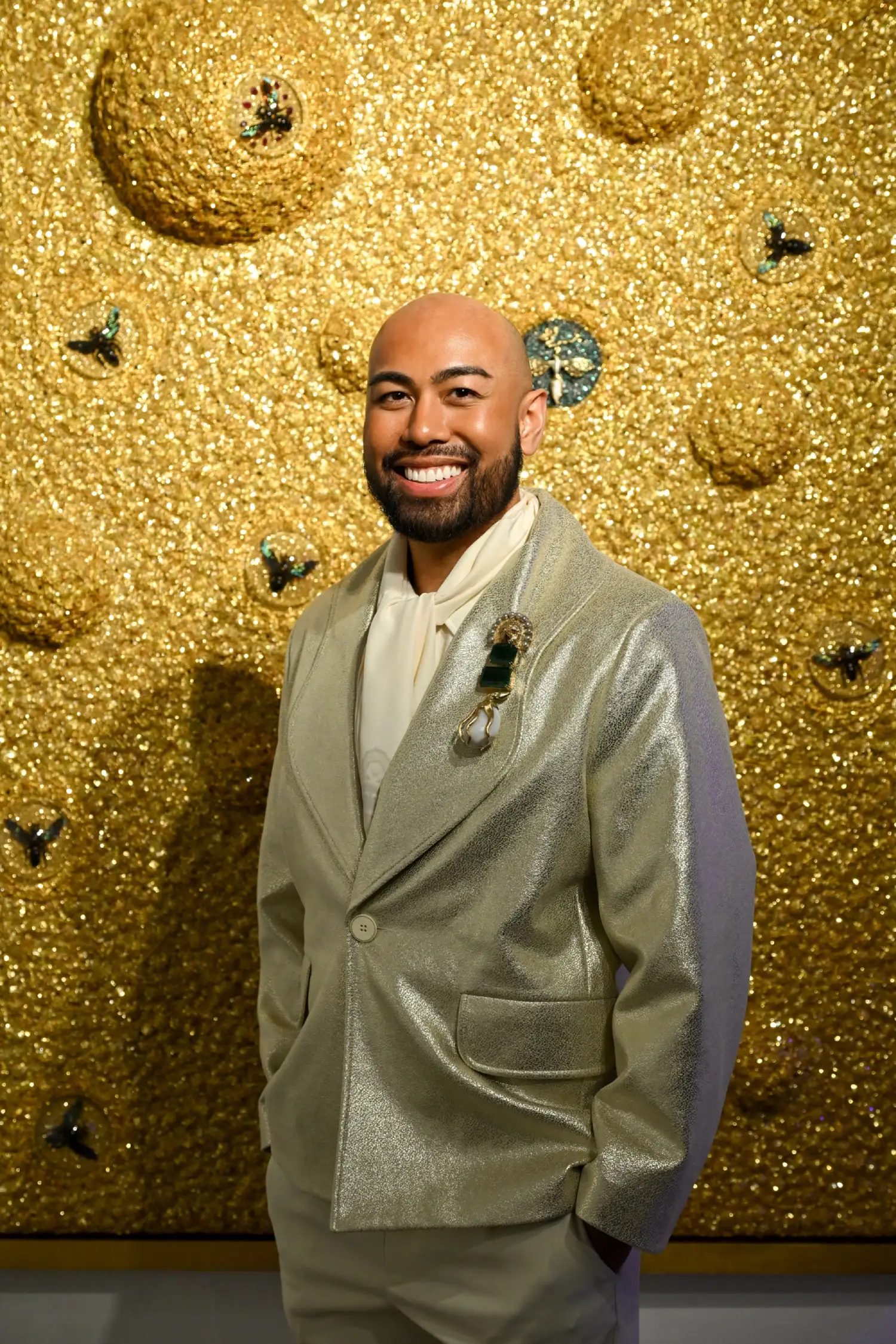
In an interview with BluPrint, Reyes describes how he started in the practice of using jewelry in art, the hidden potential for social commentary through the medium, and the necessity of striking down beauty standards in our society today.
The Attraction of Gems
Abraham Reyes’s interest in gem collection started when he was introduced to it by his godmother at young age. It ended up feeding a passion towards the practice. Over the years, he collected many types of precious stones, including natural wild pearls. Eventually, he felt like these items, which he had “kept in banks and vaults for safekeeping,” were too precious to not be shown to the world.
“I realized these pieces were far too beautiful to be hidden away,” he said. “I started to rethink how gems are used—not just as treasures to be stored or used in jewellery, but as art that could be appreciated and enjoyed every day. My goal became to create art that celebrates the natural wonders and rich culture of the Philippines.”
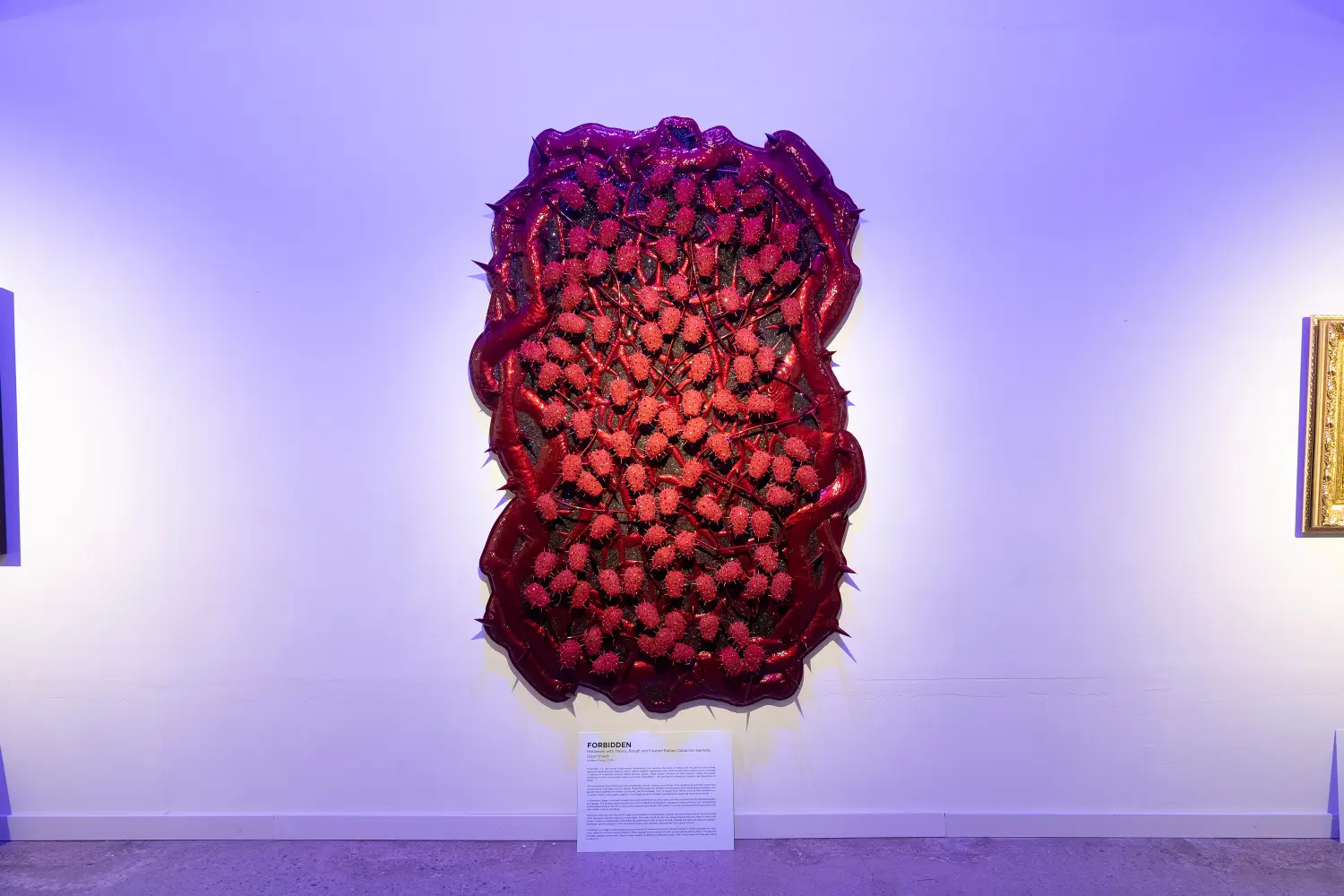
His interest focused on the natural look of precious stones like pearls. Gems are often shaped into familiar, polished forms. But Reyes finds the raw, natural variations in their shapes and sizes far more compelling. His art practice focuses on presenting these unaltered qualities to an art audience.
“For me, highlighting the authenticity of how each gemstone appears in nature is crucial,” he said. “We’ve been taught to value pearls and gems based on certain standards and what’s typically considered acceptable. To me, the most precious and beautiful objects come from the wild, from nature, and this belief fuels my artistic approach. It’s about showcasing these gems in a way that honours their natural beauty and uniqueness.”
Telling Stories Through Gems and Metalwork
Beneath the Surface exemplifies that ethos behind Reyes’s artistic practice well. The exhibit explores the idea of rarity as a theme: what do we define as rare? What types of rarity does society value and why? It probes the beauty standards that even gems undergo, and questions why these standards have been imposed upon us as a society.

“I specifically work with natural wild pearls and natural gems, both rough and faceted, because I see beauty in them in their original, unaltered forms,” he said. “It’s about showcasing these gems in a way that honours their natural beauty and uniqueness.”
‘Sacred Beauty’ and Colonialism
This theme of rarity manifests itself in the exhibit in different ways. For example, the Sacred Beauty series has Reyes making a coat-of-arms akin to the kind of iconography used by the Spanish. He combines them with gems that are retrofitted to look like hearts, harkening towards religious symbols.
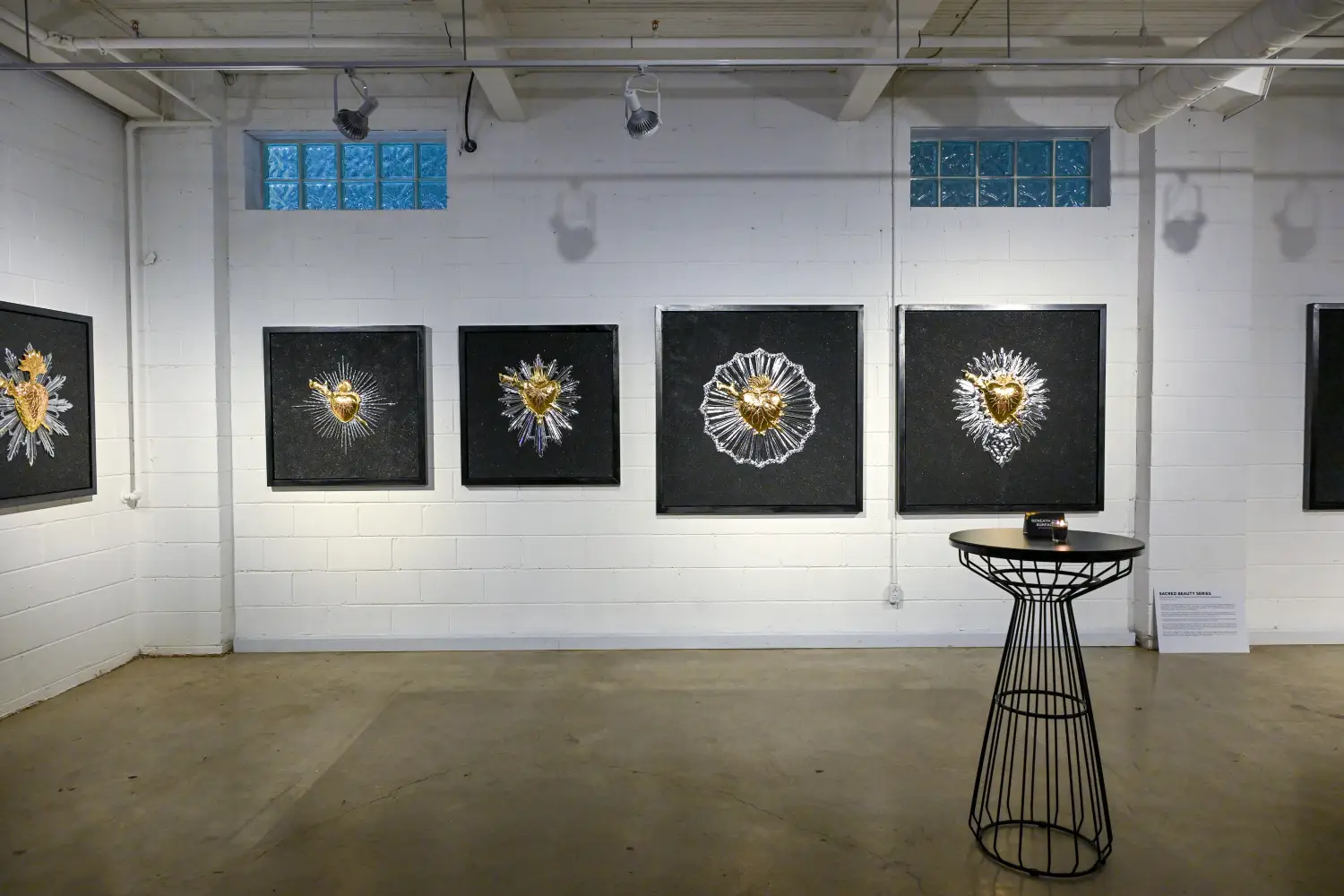
“In ‘Sacred Beauty,’ I wanted to explore the contrasts that come from our history, how colonization, religion, and indigenous culture all mix together to shape what we see as beauty today. I use symbols like the sacred heart, which in religious tradition represents divine love and faith, but I also wanted to show the pain and resilience that came with colonization.
“The fiery rubies and soft pearls as the veins are there to show both strength and vulnerability, and the swords piercing the hearts represent the sacrifice, but also the ongoing fight to hold onto our heritage.”
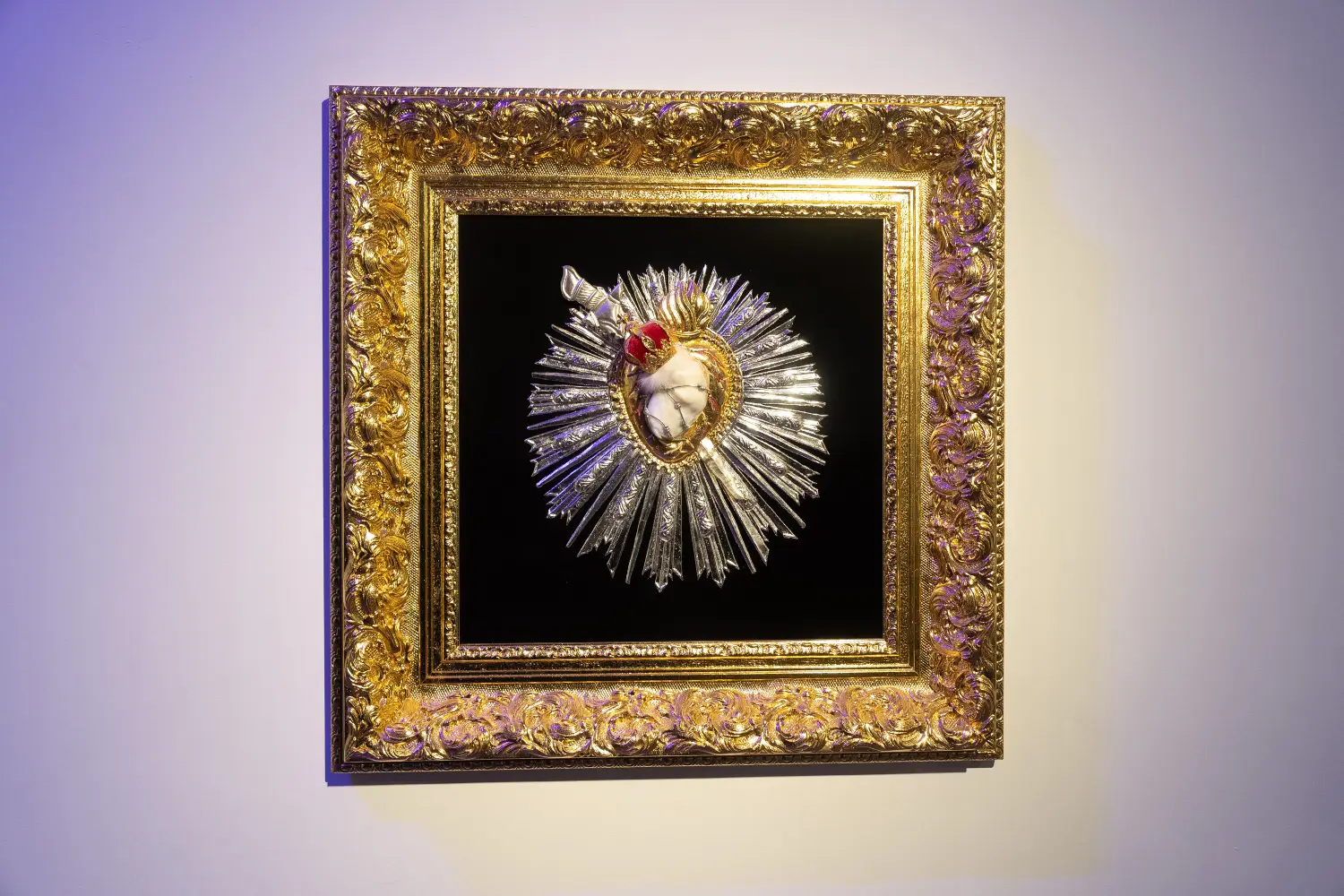
“Sacred Beauty” does not exist as a repudiation of colonialism, even if Reyes acknowledges its negative effects. Instead, it functions as a celebration of Filipino resilience, of how the core of our country’s identity survives even as we undergo the cultural violence that our colonizers wrought upon us.
“What I’m trying to say is that while colonization did impose new ideals on us, it didn’t erase our cultural strength,” he said. “There’s a beauty in how we’ve survived and adapted, and I think that’s something Filipinos today continue to reckon with. We honour our history, but we also question how it shapes us. It’s not just about the pain of the past; it’s about recognizing the resilience, the beauty, and the grace that came from it.”
‘The Giga Pearl’ and Natural Beauty
The most interesting and eye-catching work Reyes made, however, is “The Giga Pearl.” Utilizing what Reyes claimed is the “largest authenticated pearl in the world,” he wanted to use its form as a way of celebrating the distinctive beauty of wild pearls around the world.
The unique thing about “The Giga Pearl” is how it doesn’t look like how we see pearls in the media. In its unadulterated form, it looks like a giant pebble or a large white stone. With how jewelry tends to reform and curate the shape of gems, this artwork is a marvel all on its own by showing what a wild gem looks like.

For this work, Abraham Reyes also commissioned the golden sculpture of an octopus that wraps its tentacles around a pearl. Made by Bethany Krull, it’s meant to symbolize “the intricate relationship between nature, beauty, and the ocean.”
“Ultimately, through the Giga Pearl and pearls and gems used in my artworks, I aim to celebrate the richness of Filipino culture and heritage, showcasing the incredible bounty of our land and reinforcing the prestige of our natural wonders,” he said.
Finding Unique Stories in Gemworks
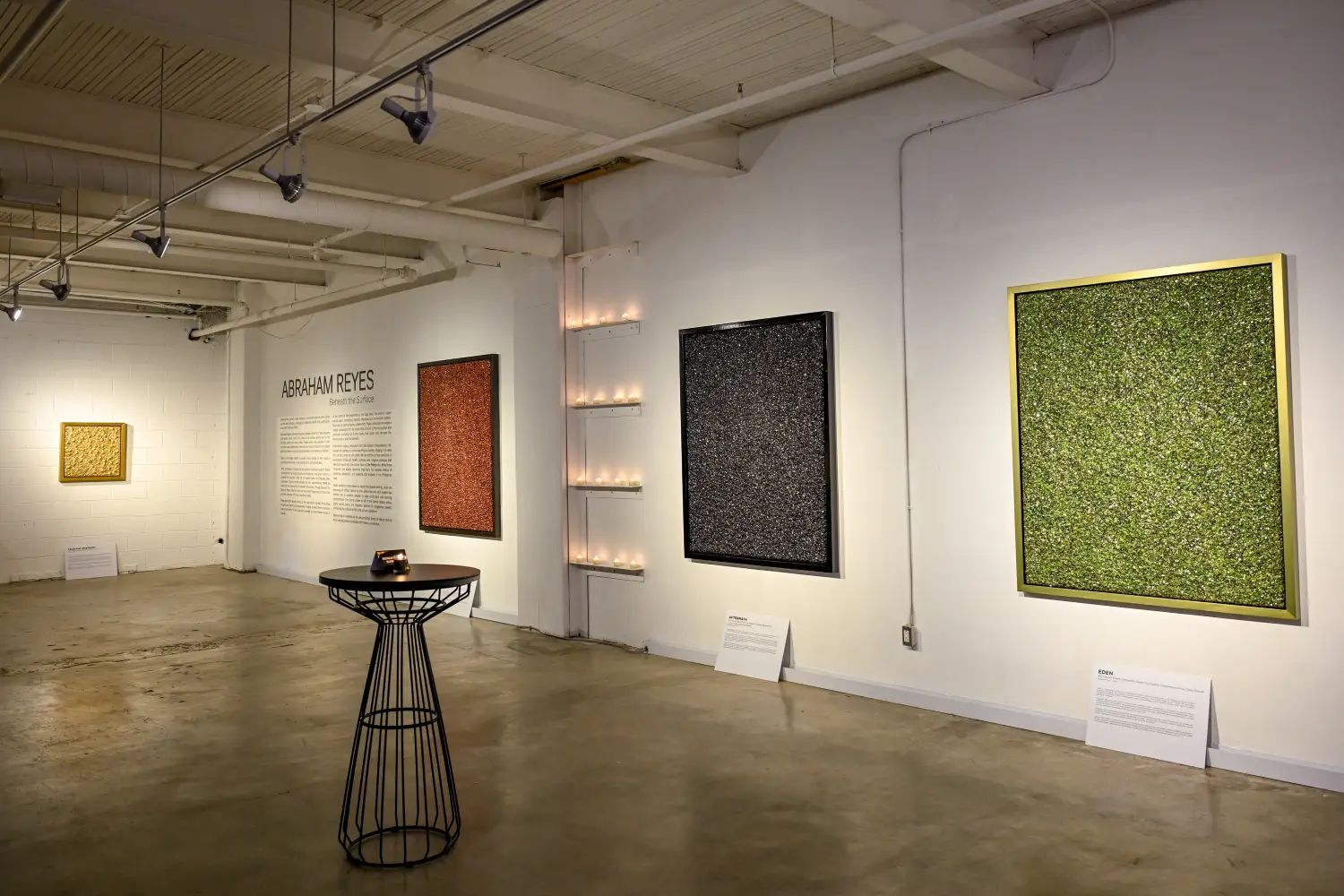
Beneath the Surface and Abraham Reyes’s work in general showcases the kind of unique stories that can exist from the different mediums we use in art. Something like gems and pearls unlocks ideas and concepts of history that might not be readily available in traditional formats like painting and sculpture. It broadens our perspective of culture and crafts new openings for artworks that reinterpret who we are as individuals, as a people, and as a society.
“It’s all about rethinking how gems are displayed and enjoyed,” Reyes said. “As an artist, it’s important to think outside the box, to challenge what’s been traditionally accepted as beautiful or valuable.”
Photos provided by the artist.
Related reading: Antiques and Antiquities: Abraham Reyes Art on Decorating with Aged Pieces

